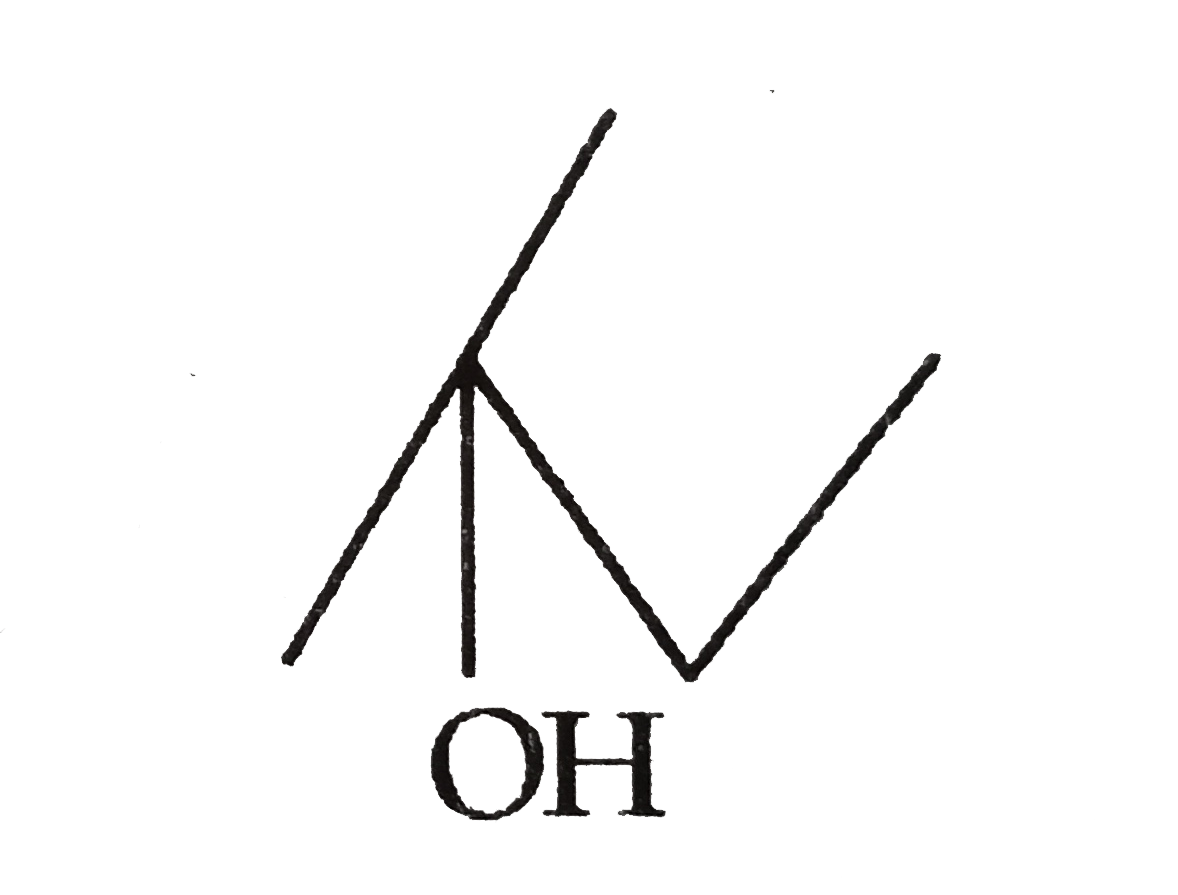How will you synthesise the following from ethyl chloride?
Propionic acid.
To synthesize propionic acid from ethyl chloride, we can follow these steps:
Step 1: Nucleophilic Substitution Reaction
1. React Ethyl Chloride with Silver Cyanide (AgCN):
- Ethyl chloride (C2H5Cl) can undergo a nucleophilic substitution reaction with silver cyanide (AgCN).
- The cyanide ion (CN⁻) from AgCN acts as a nucleophile and attacks the carbon atom attached to the chlorine in ethyl chloride, resulting in the formation of propionitrile (C2H5CN) and the precipitation of silver chloride (AgCl).
Reaction:
C2H5Cl+AgCN→C2H5CN+AgCl
Step 2: Hydrolysis of Propionitrile
2. Hydrolyze Propionitrile to Propionic Acid:
- The next step involves the hydrolysis of propionitrile (C2H5CN) to convert the nitrile group (CN) into a carboxylic acid group (COOH).
- This can be done by treating propionitrile with water (H2O) in the presence of an acid or base, which leads to the formation of propionic acid (C2H5COOH).
Reaction:
C2H5CN+2H2O→C2H5COOH+NH3
Final Product
3. Formation of Propionic Acid:
- After hydrolysis, the final product is propionic acid (C2H5COOH).
Summary of the Overall Reaction
The overall synthesis can be summarized as:
C2H5Cl+AgCN+2H2O→C2H5COOH+AgCl+NH3
1. React Ethyl Chloride with Silver Cyanide (AgCN):
- Ethyl chloride (C2H5Cl) can undergo a nucleophilic substitution reaction with silver cyanide (AgCN).
- The cyanide ion (CN⁻) from AgCN acts as a nucleophile and attacks the carbon atom attached to the chlorine in ethyl chloride, resulting in the formation of propionitrile (C2H5CN) and the precipitation of silver chloride (AgCl).
C2H5Cl+AgCN→C2H5CN+AgCl
2. Hydrolyze Propionitrile to Propionic Acid:
- The next step involves the hydrolysis of propionitrile (C2H5CN) to convert the nitrile group (CN) into a carboxylic acid group (COOH).
- This can be done by treating propionitrile with water (H2O) in the presence of an acid or base, which leads to the formation of propionic acid (C2H5COOH).
C2H5CN+2H2O→C2H5COOH+NH3
3. Formation of Propionic Acid:
- After hydrolysis, the final product is propionic acid (C2H5COOH).
The overall synthesis can be summarized as:
C2H5Cl+AgCN+2H2O→C2H5COOH+AgCl+NH3
Topper's Solved these Questions
- HALOALKANES AND HALOARENES BOOK - ICSECHAPTER - HALOALKANES AND HALOARENES EXERCISE - ISC EXAMINATION QUESTIONS
4 Videos
- HALOALKANES AND HALOARENES BOOK - ICSECHAPTER - HALOALKANES AND HALOARENES EXERCISE - MULTIPLE CHOICE QUESTIONS
29 Videos
- HALOALKANES AND HALOARENES BOOK - ICSECHAPTER - HALOALKANES AND HALOARENES EXERCISE - EXERCISE (PART - II DESCRIPTIVE QUESTIONS) (SHORT ANSWER QUESTIONS)
94 Videos
- GENERAL PRINCIPLES AND PROCESSES OF ISOLATION OF ELEMENTS BOOK - ICSECHAPTER - GENERAL PRINCIPLES AND PROCESSES OF ISOLATION OF ELEMENTS EXERCISE - EXERCISE (PART-I ( OBJECTIVE QUESTIONS )) (Fill in the blanks)
60 Videos
- ISC QUESTION PAPERBOOK - ICSECHAPTER - ISC QUESTION PAPEREXERCISE - PART-II(SECTION-B)
74 Videos
Similar Questions
How will you synthesise the following from ethyl chloride?
n-Butane.
View SolutionHow will you synthesise the following alcohol from appropriate alkene:

View SolutionHow will you convert methyl chloride into ethyl chloride ?
View SolutionHow will you get the following compounds from ethyl bromide? Ethene.
View SolutionHow will you get the following compounds from ethyl bromide? Ethanol .
View SolutionHow will you obtain the following from the acetic acid?
Acetamide
View SolutionHow will you obtain the following from the acetic acid?
Acetamide
View SolutionHow will you carry out the following conversion : Acetic acid to propionic acid ?
View SolutionHow will you get the following compounds from ethyl bromide? Ethyl acetate.
View SolutionHow will you get the following compounds from ethyl bromide? n-Butane.
View Solution
